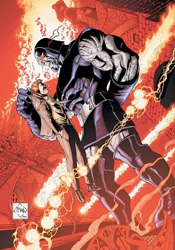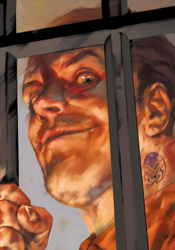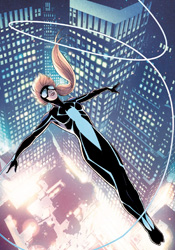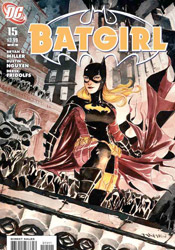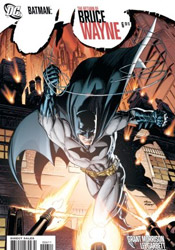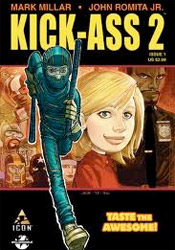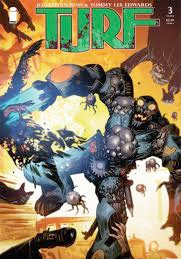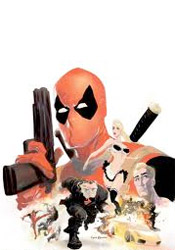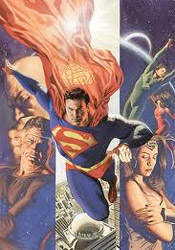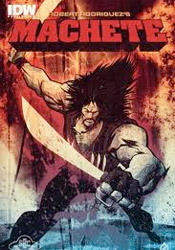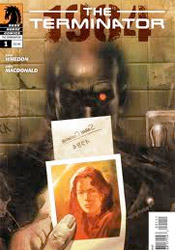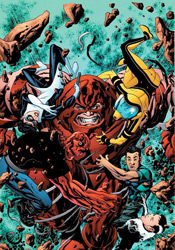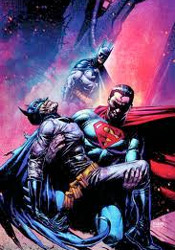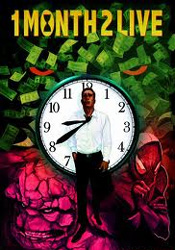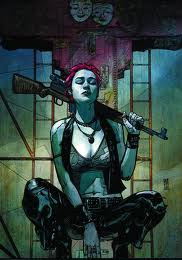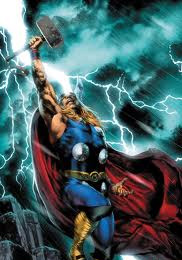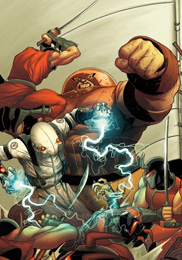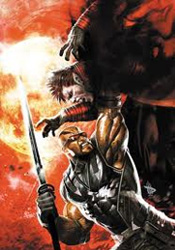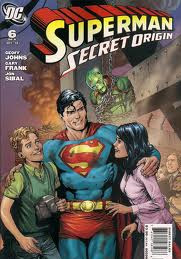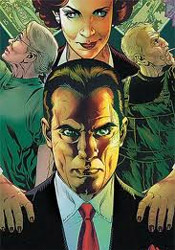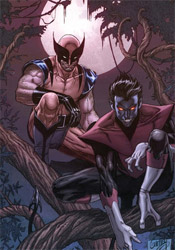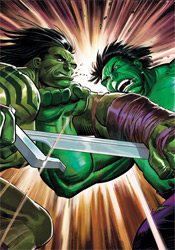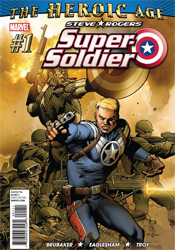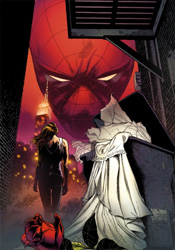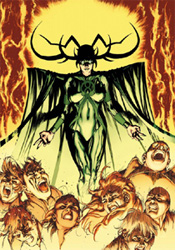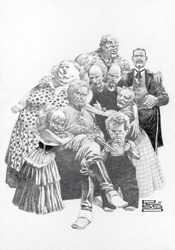
Justin Gray and Jimmy Palmiotti spin this unconventional yarn, part Fistful of Dollars and part Freaks, into an offbeat, fast paced one-off storyline. Having no experience with Hex myself, the ability to jump right into this tale and understand what’s going on without half an issue’s worth of back story was a genuine blessing, and one that’s become far too difficult to find in modern comics. If you’ve seen a western and appreciate a nice slice of suspense, you’ve already got all the tools you’ll need to comprehend and appreciate Jonah Hex #62.
Of course, working within the framework of a self-contained story carries certain restraints and limitations of its own, especially when 95% of the cast is comprised of fresh faces. It’s no easy task to establish a character, make your audience care one way or another for him and tell his story, all as the subtext to a greater saga, within such a short page count. Having said that, Gray and Palmiotti manage to do exactly that… a dozen different times. It helps that the story is largely character-driven, with the single plot point of a risky escort job providing all the loose framework that main narrative really needs. Still, our dual writers deliver on their promises and manage to establish a strong, versatile cast, share enough about them to make the audience care about their grand fate, and then ultimately get them what they’ve got coming by the time we reach that final panel.
The latest in a series of guest artists to make a stop on Hex, Eduardo Risso doesn’t take long to get comfortable with the cast or the setting. Risso has his share of supporters and haters, and though I consider myself to be planted firmly in the former camp, I have a hard time picturing anyone in the latter finding anything to complain about here. On a stone-cold serious book like 100 Bullets or Logan, Risso’s wild, untamed transgressions between the serious and the nutty could come across as aloof and out of place. Here, directing a troupe of misfits, circus freaks and outcasts on their bizarre adventures in the old west, those dual personalities feel right at home. Master of the establishing shot, Risso has a field day with the gorgeous scenery of America’s untamed territories before turning his eye to the grizzled, unmistakable visage of the protagonist and his cohorts. When the story slows down to catch its breath around the middle of this issue, Risso is right there to keep the ball rolling and give his readers something to appreciate. He turns in fantastic work this month, and it’s regretful that his stay with the character is destined to be such a short one.
It may not be the most refined work, nor the most intellectually challenging, but the present state of Jonah Hex is still worthy of a closer look. Gray and Palmiotti are clearly enjoying themselves, taking liberties with the lead and with his supporting cast, going nowhere in particular but still getting into adventures. The short-term addition of Eduardo Risso really puts them over the top this month, but this is a series worth keeping an eye on even after he’s out of the picture. Buy it.
Overall Score: 8
